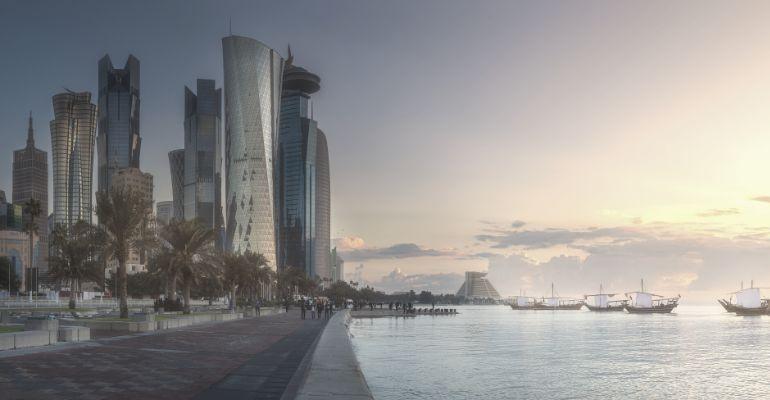Throughout the month-long tournament, Qatar is anticipated to attract 1.2 million football fans and action-seeking tourists from around the globe. Yet, with a limited supply of accommodation available, the sharp rise in demand for accommodation is proving challenging to address.
Potential solutions to tackle this short-term demand hike have ranged from the use of cruise ships, short-haul shuttle flights, and camps in the desert. Yet local residential property owners and larger hotel owners alike have sought simpler measures - increasing their rents.
A recent Cushman & Wakefield report, conveys that Qatar is witnessing rent increases of up to 40% and two-year contract periods, with many residents looking to relocate.
The recent Cushman & Wakefield “Quarterly Report Qatar Q2 2022: Hospitality Market overview” conveys that housing for football supporters traveling to Qatar in November has drawn a lot of interest. Most notably, a 6-month lease on the new Barahat Al Janoub affordable housing project was signed by the Doha-based real estate company, Barwa. With over 17,000 rooms being made available, this is one of the largest venues being made available for the accommodation of World Cup fans
JUST A SHORT-LIVED DEMAND HIKE?
Despite the recent increase in demand, the Qatar Central Bank’s index of real estate is 30% lower than in 2015 So, on a longer-term horizon, questions arise regarding the long-term perspective of the Qatari economy outside of the oil and gas sector but efforts continue from the government when it comes to its diversification plans.
After the world cup ends, the Qatari government anticipates that the population of low-wage workers will fall. But it remains unclear how many of these low-wage workers will move out of the country.
So, while the short-term outlook of Qatar’s real estate rental market is divided, investors might want to watch the horizon with cautious optimism.

